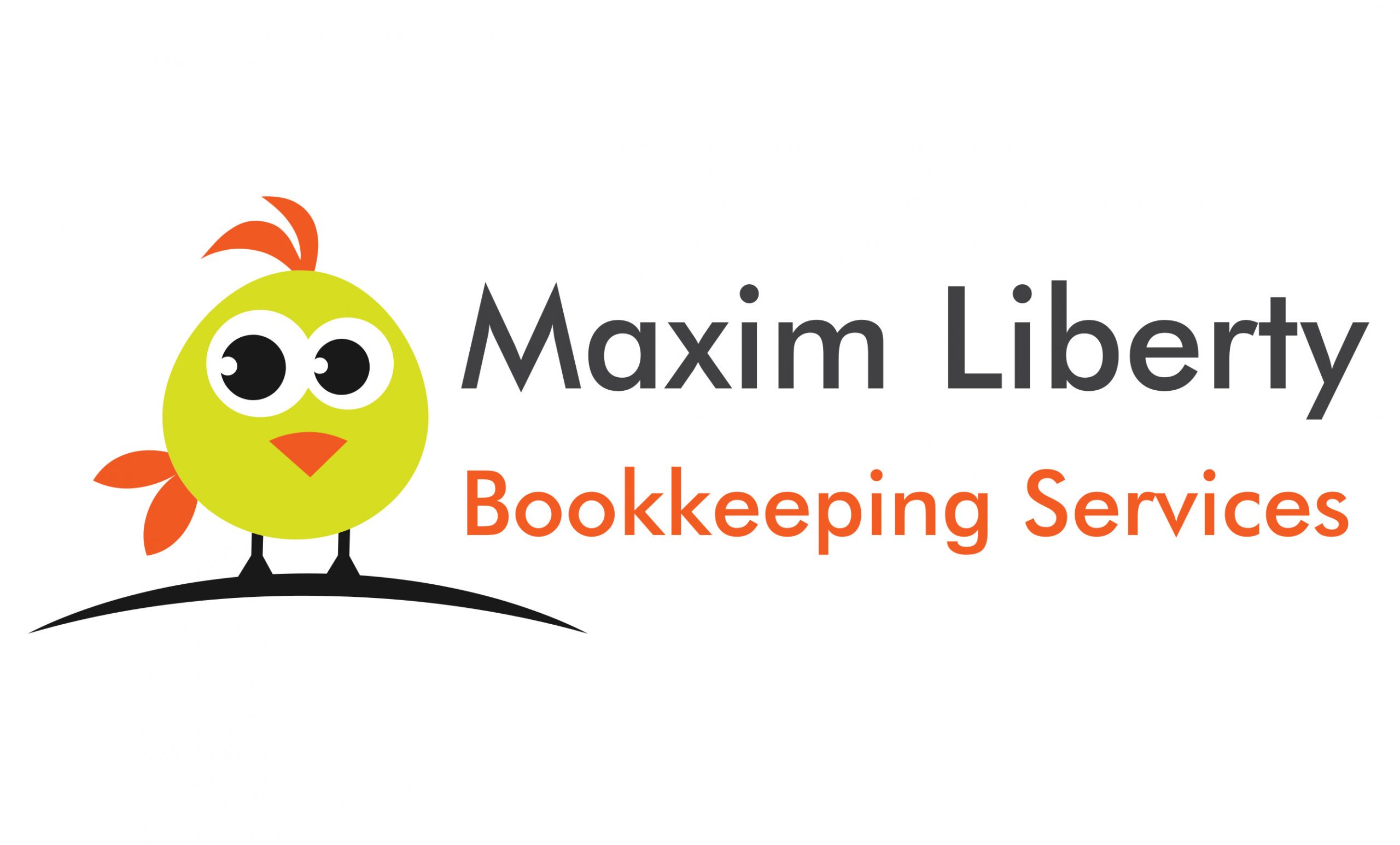Account payable management refers to the process of tracking and paying off outstanding bills owed to vendors and suppliers. It is a crucial aspect of financial management for any business. That’s because it helps to ensure timely payment of debts and maintain good relationships with vendors. In this blog, we will discuss the various aspects of accounts payable management, including the importance of effective accounts payable management, the various types of accounts payable, and best practices for managing accounts payable.
Importance of Effective Accounts Payable Management
Effective accounts payable management is essential for businesses of all sizes, as it helps to ensure that the company is able to pay its bills on time. Late payments can lead to late fees and interest charges, which can add up quickly and significantly impact a company’s bottom line. If you do not pay your vendors on time, you can seriously damage relationships with them, leading to difficulties in obtaining goods and services in the future.
On the other hand, timely payment of accounts payable can help a business to build strong relationships with vendors and suppliers. These relationships are essential for the smooth functioning of a business, as it allows the company to obtain the goods and services it needs in a timely and cost-effective manner. In addition, timely payment of accounts payable can also help a company to negotiate better terms and prices with vendors, as they are more likely to be willing to work with a company that consistently pays its bills on time.
Types of Bills
There are several types of bills that you need to manage accounts payable in your business, including:
- Vendor Bills: Vendor bills are nothing but invoices issued by vendors or suppliers for goods or services received. Vendor bills typically include the amount due, the due date, and any applicable taxes or fees.
- Expense reports: Expense reports are documents that detail business-related expenses, such as travel and entertainment expenses. They may also include expenses related to the purchase of goods or services.
- Credit card bills: Credit card bills are issued by credit card companies for charges made on company credit cards. These bills may include charges for both business and personal expenses.
- Rent and lease payments: Rent and lease payments are bills for the use of property or equipment.
- Utility bills: Utility bills are bills for the use of utilities, such as electricity, water, and gas.
Best Practices for Managing Accounts Payable
There are several best practices that businesses can follow to effectively manage their accounts payable:
- Use an accounts payable system: An accounts payable system is a software tool that helps businesses to track and manage their accounts payable. These systems allow businesses to input and track bills, create and send payment reminders, and generate reports on accounts payable. QuickBooks is one popular accounts payable system and the A/P Aging Report is one popular report.
- Set up a system for approving and paying bills: It is important to establish a system for approving and paying bills to ensure that they are paid on time. This may involve setting up a process for reviewing and approving bills before they are paid, as well as setting up automated payment systems to ensure that bills are paid on time.
- Negotiate payment terms with vendors: You should negotiate payment terms with vendors where possible to to ensure that bills are paid on time. Try to negotiate longer payment terms with your vendors in order to improve your cash flow.
- Monitor accounts payable regularly: Regular monitoring of accounts payable can help to identify any issues or discrepancies in a timely manner. You have to review bills regularly to ensure that they are accurate and up to date.
- Communicate with vendors: If you have any issues with an invoice or need more information, reach out to the vendor in a timely manner. Good communication is key to maintaining good relationships with your vendors.

